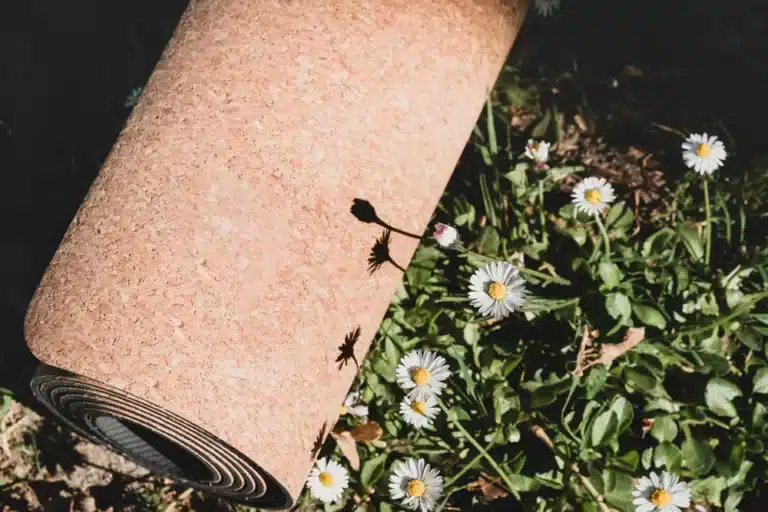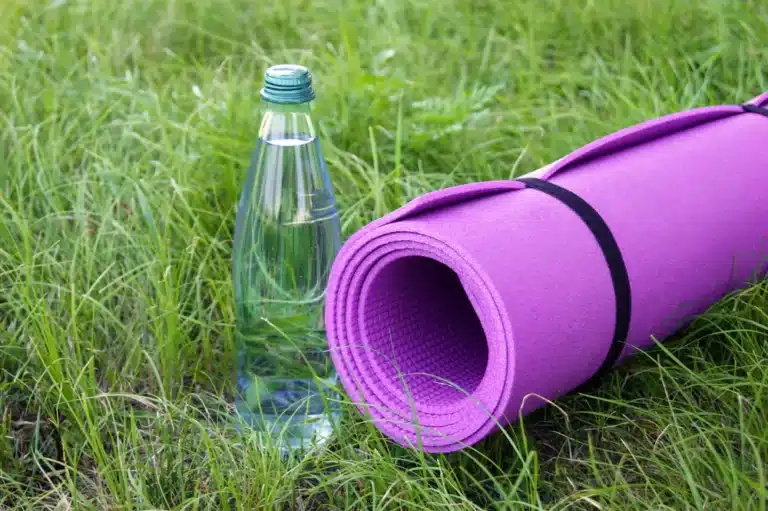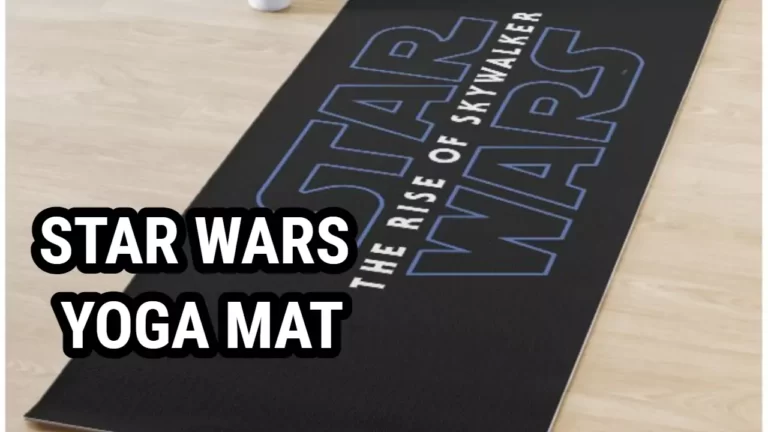What Are The Best Yoga Mat Alternatives: If You Don’t Have A Yoga Mat Use This
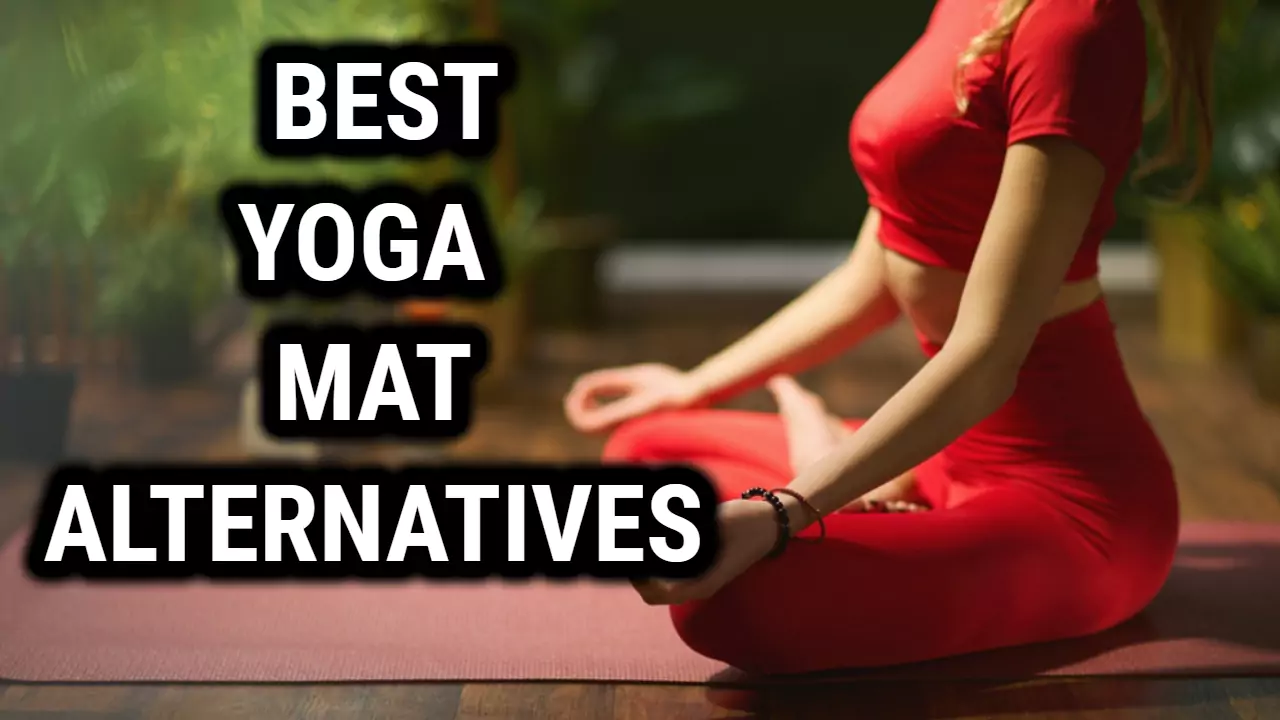
To do yoga , one doesn’t even require a yoga mat that’s the beauty about it. Yoga is one of the most popular forms of exercise today, thanks to its many physical and mental benefits. But finding the right yoga mat can be tricky – after all, it needs to be durable enough to handle your poses without slipping or bunching up. Fortunately, with so many different alternative ways available, there’s something for everyone.
There are plenty of alternatives to traditional yoga mats that will help you stay comfortable while practicing. In this article, we’ll explore some of the best yoga mat alternatives, so you can find the perfect one for your needs and budget.
Can Yoga Be Done Without a Mat?
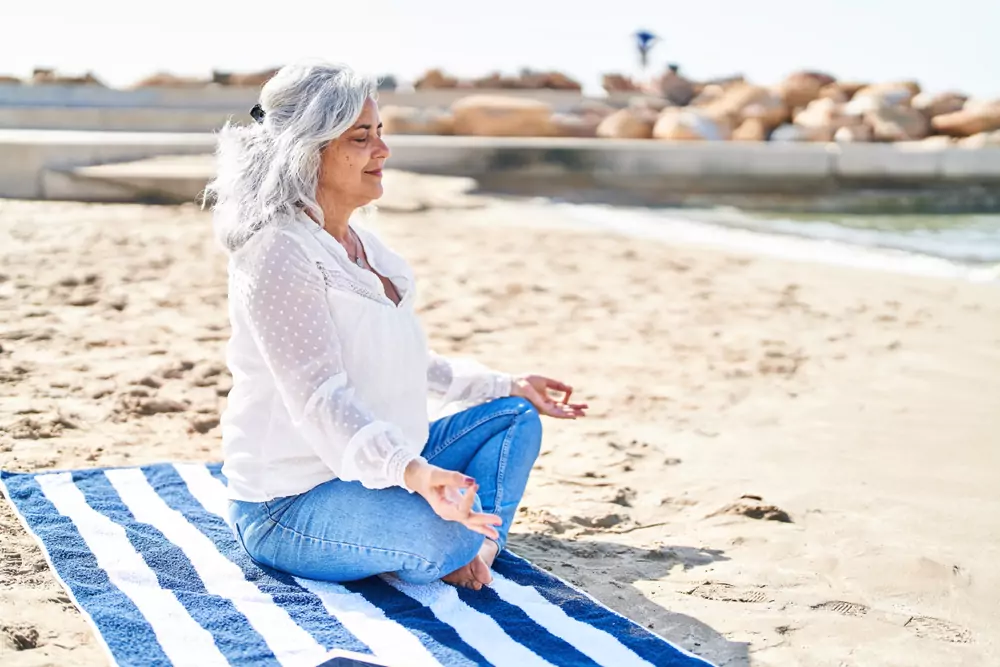
Yes Yoga can be done without a mat, although it may not be as comfortable. There are plenty of alternatives that offer the same level of support and comfort.
A beach towel can be placed on the floor to provide cushioning and traction, while a shawl or blanket can also provide some additional warmth. For those looking for more stability, a sticky yoga mat or even carpet can work just as well.
Things You can Use Instead of yoga mat
- 1.Beach Towel
- 2.Blanket
- 3.Exercise Mat
- 4.Rug/Carpet
- 5. Grass
- 6. Sand
- 7. Wooden Flooring
Top 7 Yoga Mat Alternatives
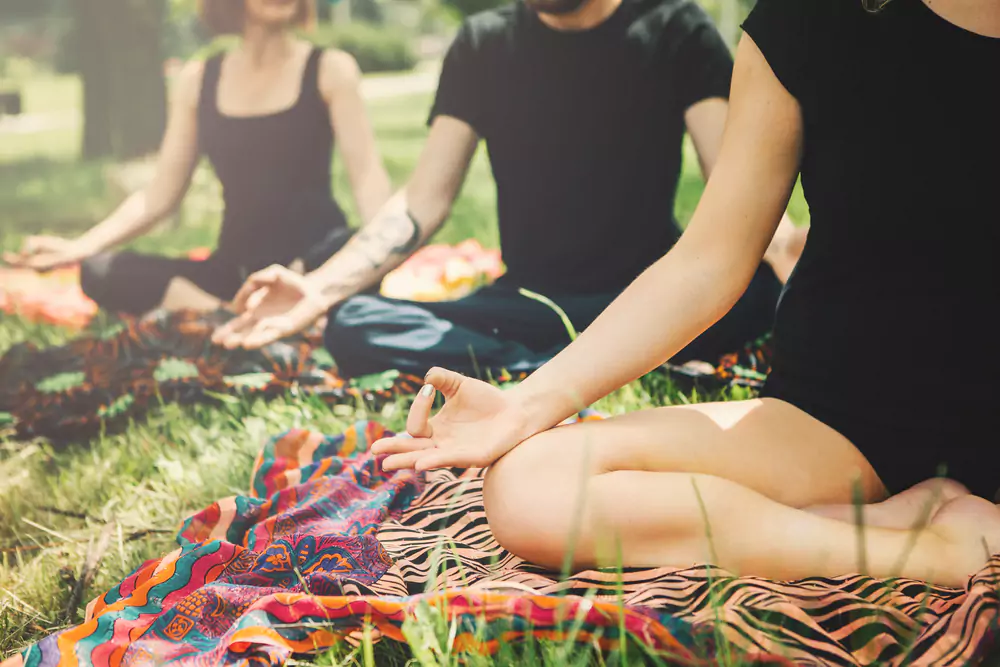
1.Beach Towel:
Beach towels are a great alternative to traditional yoga mats, as they provide a comfortable cushion for your body. Plus, they are lightweight and easy to transport.
Beach towels are also a great way to bring a little bit of the ocean home with you. Since beach towels come in a variety of styles, patterns, and colors, you can find a design that reflects your personal taste. Some beach towels are even made with special anti-microbial fabrics, making them perfect for use in yoga studios and other public spaces. Beach towels also work great as a yoga mat alternative for at-home practice. They are a great way to bring a bit of the beach and relaxation into your home.
2. Blanket:
A thick blanket can also be used as a yoga mat. It provides a comfortable cushion and can be easily folded and stored away.
A thick blanket can also be used as a great tool for yoga poses that require maximum support for the body. This type of cushioning helps to reduce the risk of injury and pain, as well as providing additional comfort.
The blanket can also be used to aid with balance and stability, which is especially helpful for poses that involve twisting or turning. Additionally, a blanket can be used to add extra padding to a yoga mat, making it easier to maintain poses that require more support.
This type of cushioning is especially beneficial for those with sensitive joints or limited mobility. Furthermore, using a thick blanket can help to reduce any noise made by the mat during practice.
3. Exercise Mat:
Exercise mats are designed specifically for yoga and provide a comfortable cushion for your body. Plus, they come in a variety of colors and textures, so you can customize your practice space.
Exercise mats are also great for stretching, crunches, planks, and other floor exercises. Not only do they provide cushioning for your body, but they also keep you from slipping or sliding on hard surfaces. Exercise mats are also great for Pilates, as they provide the necessary stability for certain movements and balance poses.
Moreover, their non-slip surface keeps you safe and secure when performing any exercises. Exercise mats can also be used to help protect your floors from scratches and dings, making them a great addition to any home gym.
4. Rug:
A rug can provide a nice cushion to do yoga while also providing traction to prevent slipping. It is also easy to roll up and transport.
Rugs can also provide a nice aesthetic element to a yoga practice. They come in a variety of colors and patterns, so it’s easy to find one that fits the style of the room, or to create a mood or atmosphere. Furthermore, rugs can be used to create a designated yoga space.
This can be especially helpful if you practice yoga at home, as it will help you differentiate between when you’re doing yoga and when you’re doing something else. Additionally, rugs can also provide sound insulation and help muffle the noise of your practice, providing a more private and peaceful experience.
5. Grass:
If you’re looking for a natural option to practie yoga on, grass is a great alternative. It provides a comfortable cushion and allows you to connect with nature.
Grass is also a great yoga surface for practicing outdoors. It provides a stable foundation and allows you to fully connect with the environment around you. The grass can absorb the energy from the sun and transfer it to your body, creating a calming and soothing experience.
The smell of the grass and the sound of the wind can help you relax and focus. The natural elements of the grass can also help you connect to your body and deepen your practice. Grass is also a great way to practice yoga with a group, as it allows for plenty of room to move and practice together.
6. Sand:
Sand can also be used as a yoga mat. It provides a comfortable cushion and also helps to ground your practice.
Sand has many advantages when it comes to practicing yoga. It can be used to create a soft and comfortable cushion that helps to keep you stable while practicing postures. The sand can also provide a grounding effect since it’s a natural material that can absorb energy and vibrations.
The cushioning effect of the sand can also help to reduce any strain on your joints and muscles, allowing you to practice for longer periods of time. Additionally, sand is easy to clean and is a great choice for outdoor yoga classes.
7. Wood Flooring:
Wood flooring is also great for yoga because it provides a stable, slip-resistant surface that allows for maximum comfort and support. It is easy to clean, making it ideal for yoga classes in which several people are sweating and stretching.
Wood flooring also has a natural look and feel that is aesthetically pleasing and can create a calming atmosphere. Additionally, wood flooring is typically more durable than other types of flooring, making it an excellent option for busy yoga studios. Furthermore, wood flooring is available in a variety of colors and finishes, allowing you to customize your yoga studio to fit your individual style.
Can I Practice Yoga on My Bed?
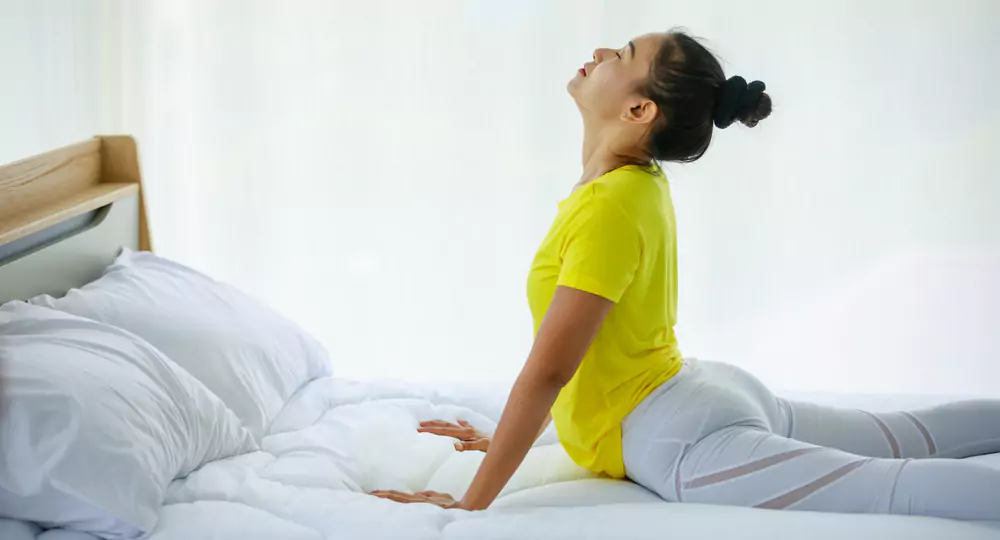
Yes, you can practice yoga on your bed. However, it is important to make sure that you have a comfortable and supportive surface to work on, and that you are using proper alignment to avoid injury.
Before attempting any yoga poses on your bed, it is important to warm up and stretch your body to avoid any potential injuries.
Related Read: Best Non-Slip Yoga Mats for a Safe and Comfortable Practice
Conclusion
In the end, I think it’s clear that there are a variety of yoga mat alternatives out there for those who don’t want to buy or use a traditional mat. From towels to carpets, it’s possible to find something that works for you and your practice.
Whatever you choose, make sure it’s something that will work for your body type and practice style. There’s no one-size-fits-all when it comes to finding the best yoga mat alternative; it really depends on what works best for you. So take some time to try out different options until you find the perfect one!
At the end of the day, yoga mats are important but they aren’t necessary. With all the yoga mat alternatives available today, there’s no need to get bogged down in spending too much money on a traditional one. Experiment with different options until you find something that works for you and your practice – then enjoy!
